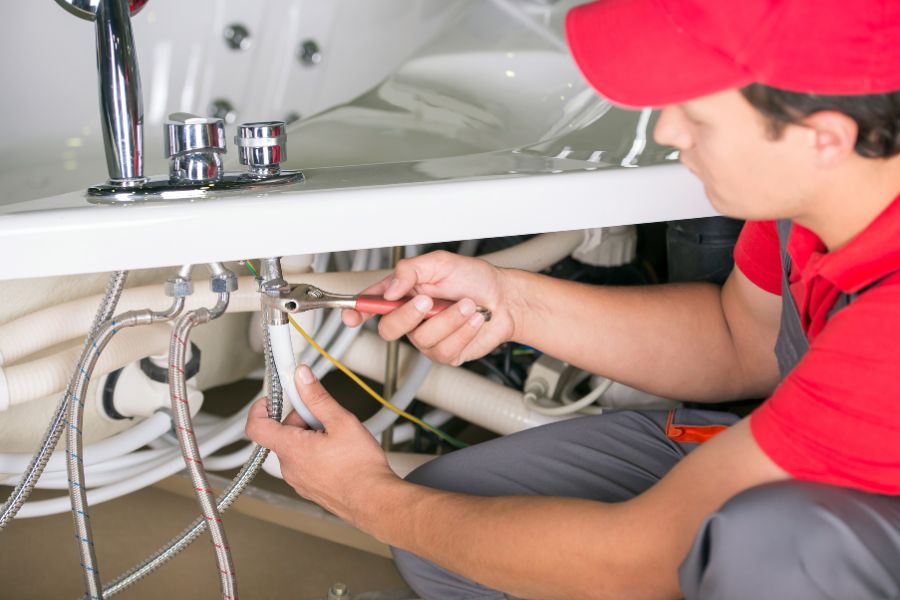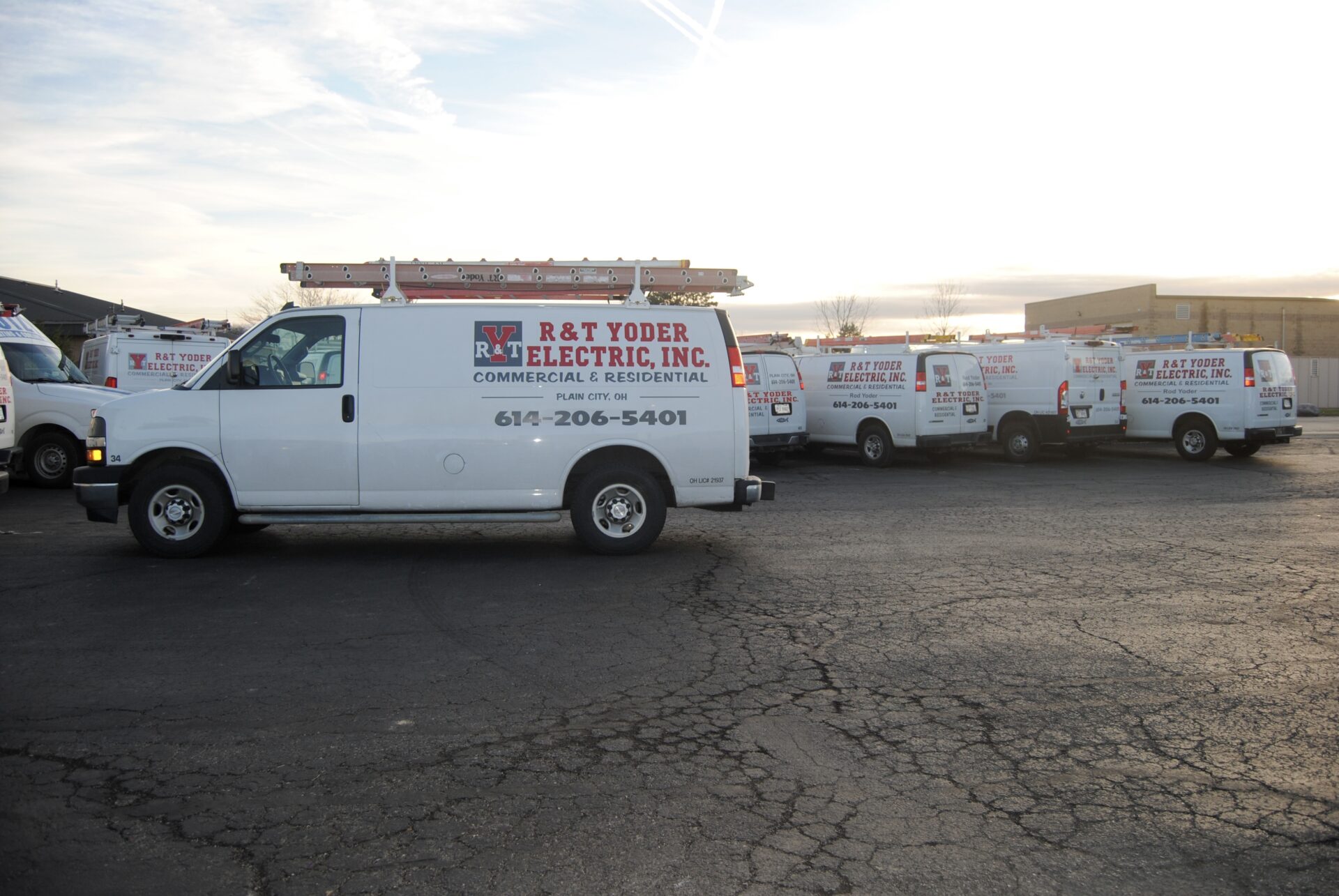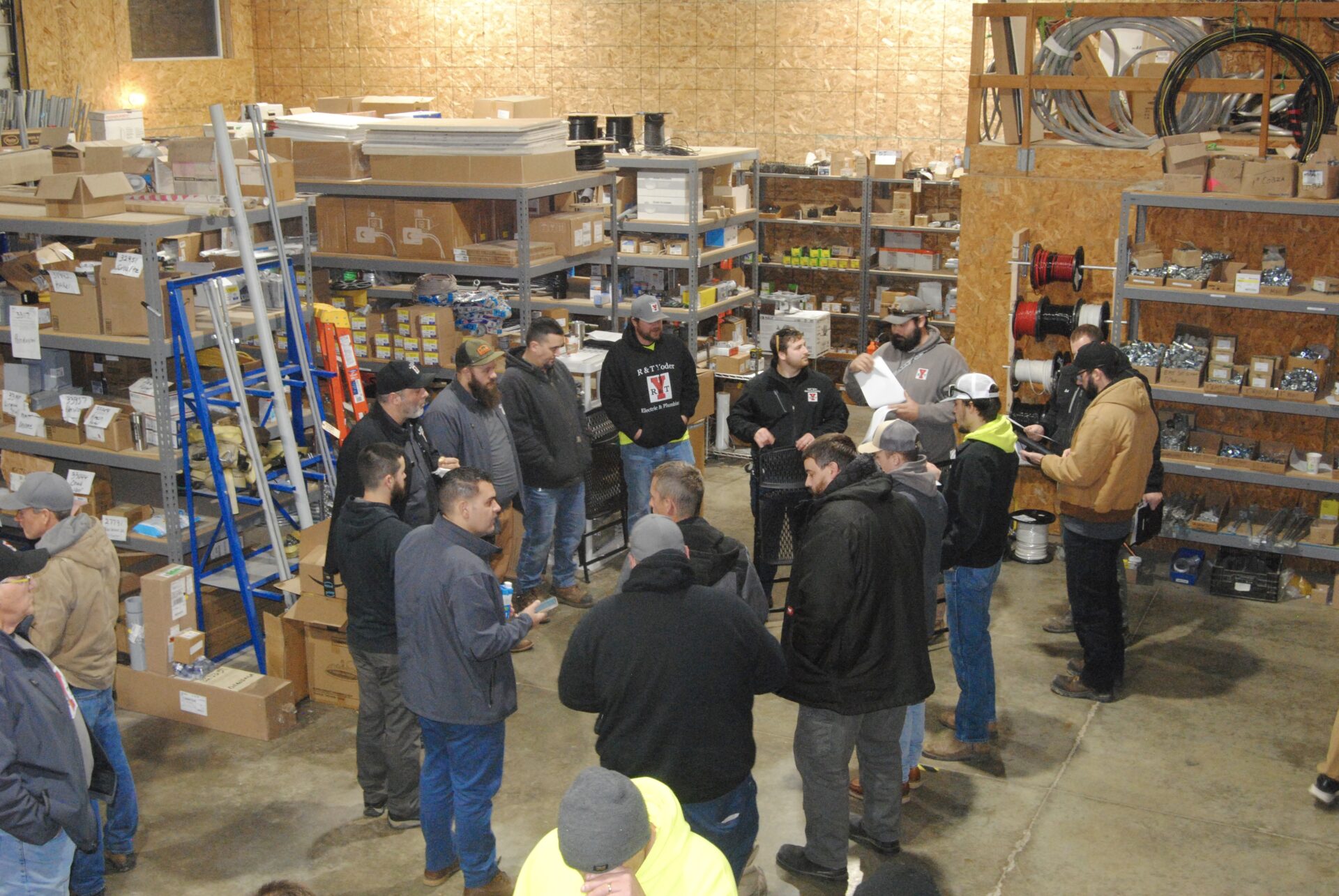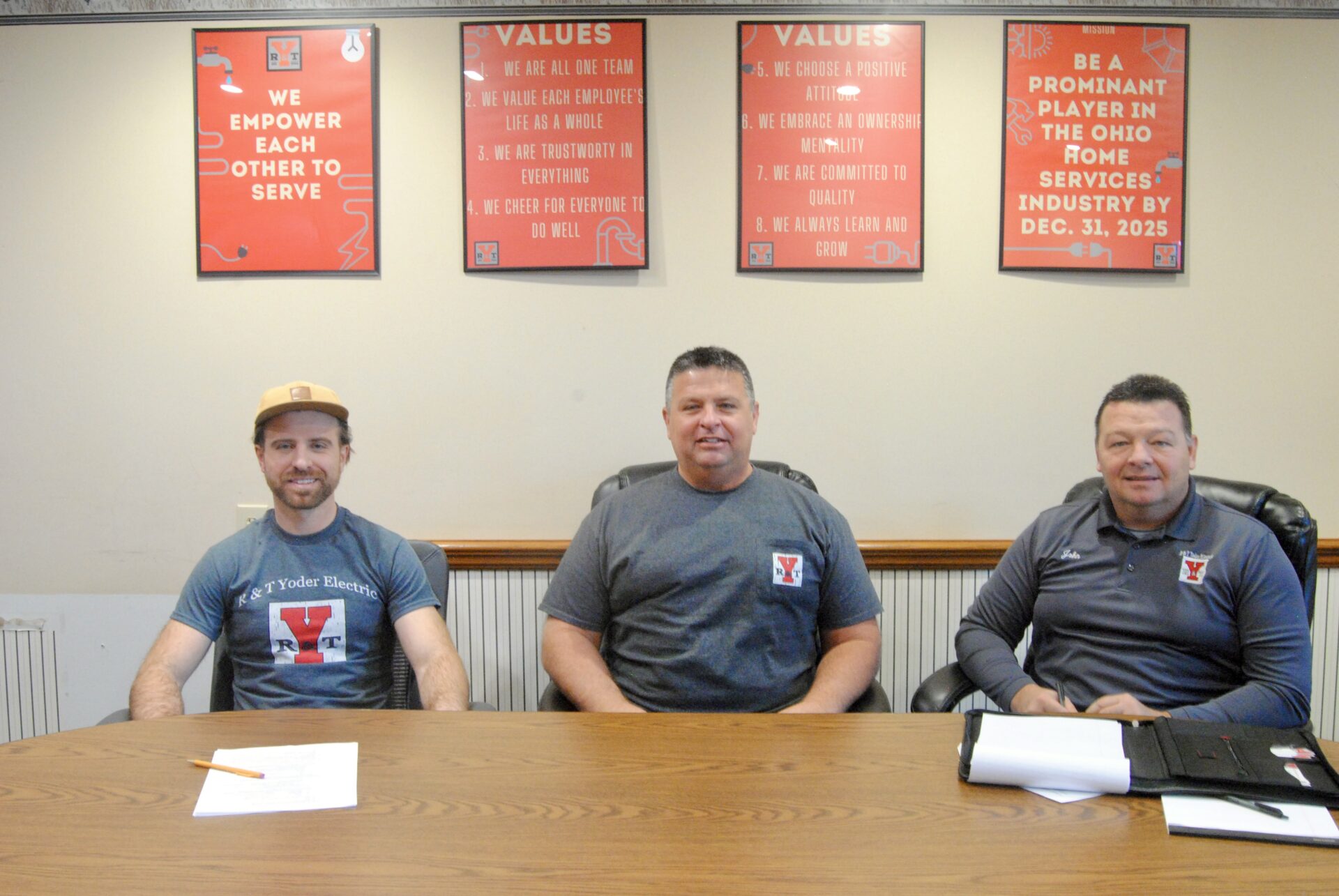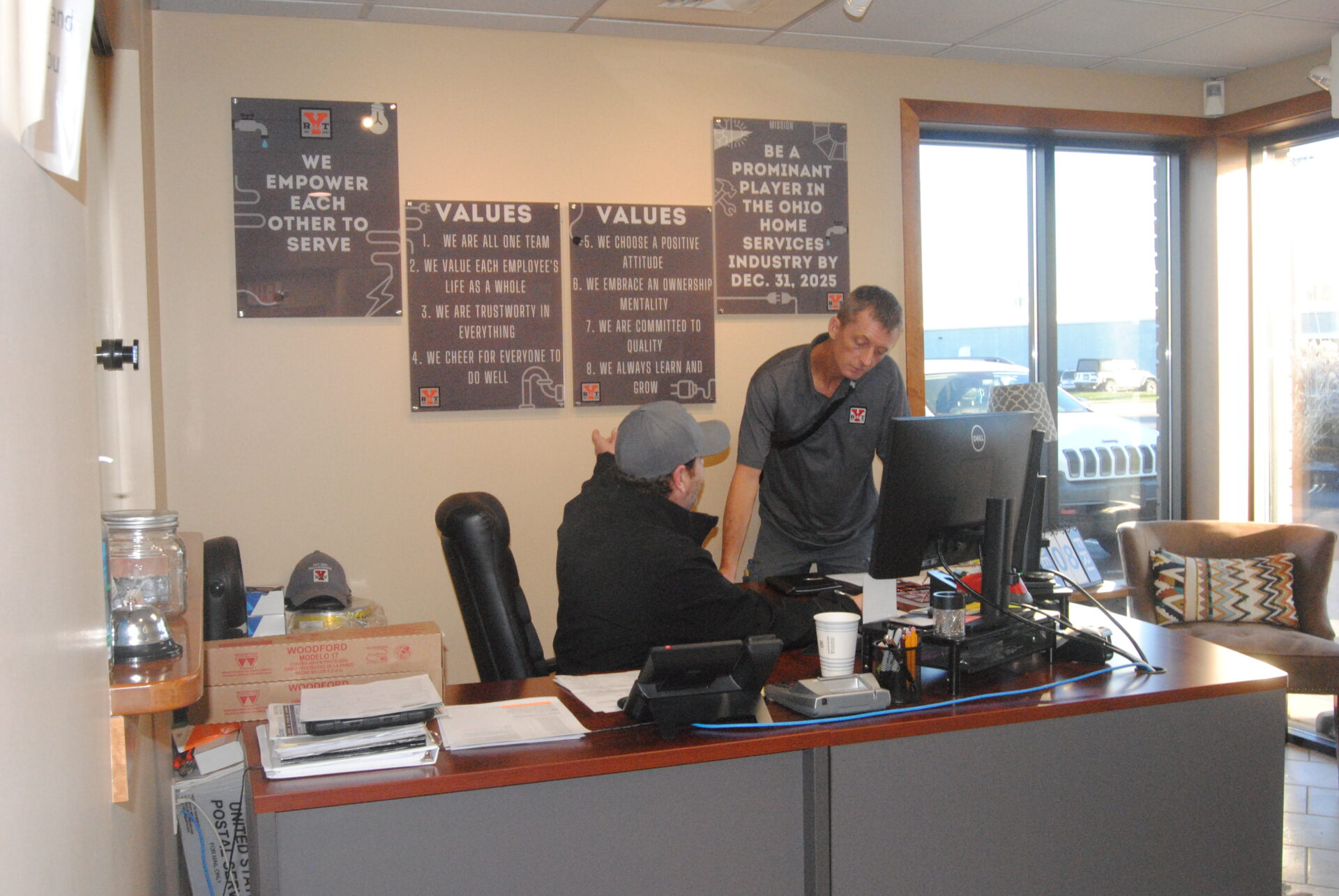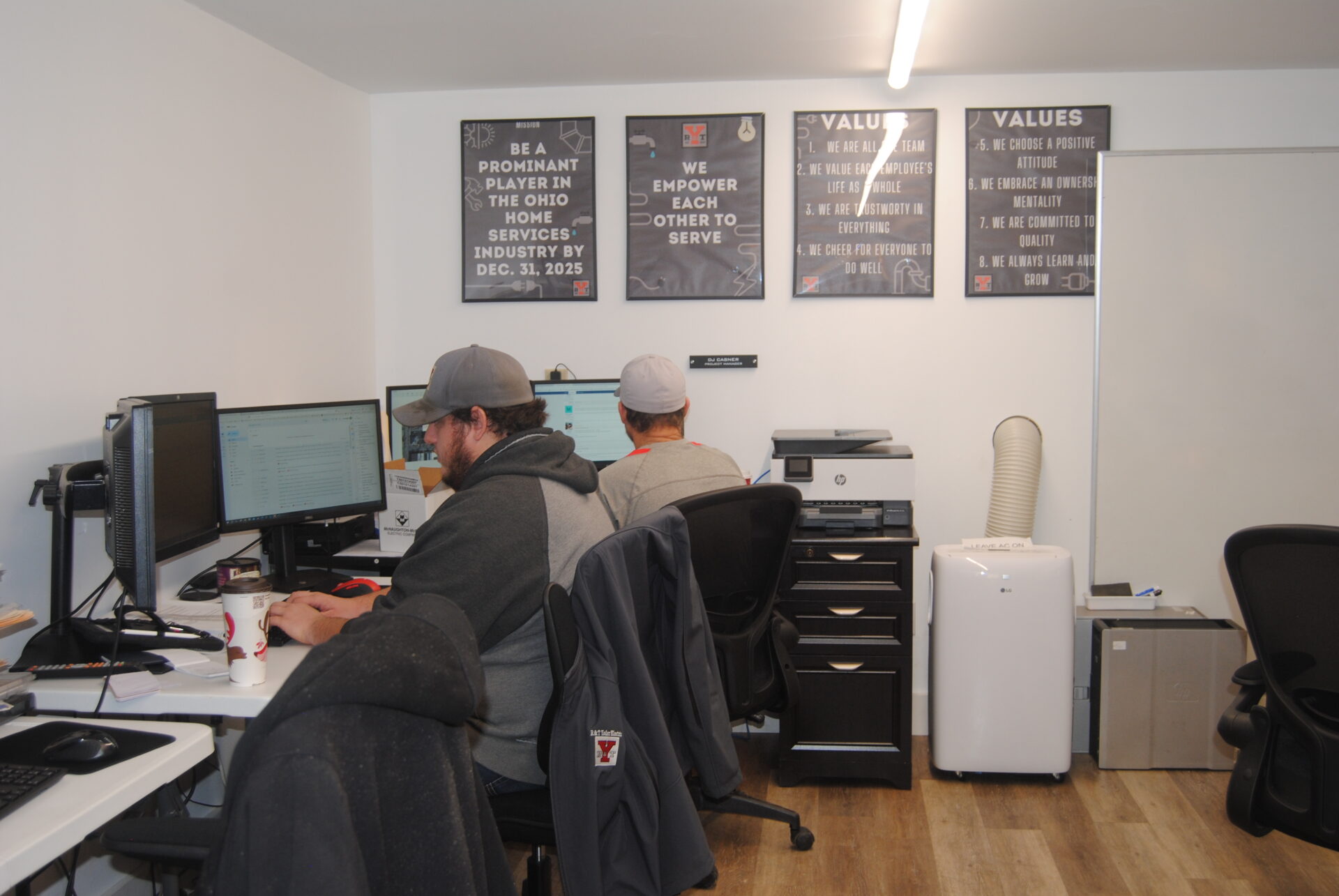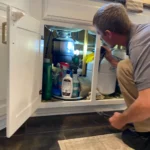Hidden plumbing leaks can lead to serious water damage, structural issues, and increased water bills if left undetected. These leaks, often hidden behind walls, under floors, or within ceilings, require careful attention and specific water leak detection techniques to identify and resolve. This guide will walk you through the process of identifying hidden leaks, understanding their causes, and applying effective solutions to prevent long-term damage.
Understanding Hidden Plumbing Leaks and Their Risks
Why Hidden Leaks Are a Concern
Hidden leaks are particularly insidious because they’re difficult to notice until they’ve caused significant damage. While visible leaks are easier to fix, hidden leaks can go undetected for months, potentially leading to extensive structural issues, mold growth, and damage to flooring or walls. Addressing these leaks promptly is essential to maintain the safety and integrity of your home.
Common Areas Where Hidden Leaks Occur
Hidden leaks can happen anywhere, but they are most common in areas where plumbing is less visible, such as:
- Inside walls
- Under floors
- In basements or crawl spaces
- Beneath sinks or fixtures
- Near the water heater
Knowing where leaks typically occur can help you focus your water leak detection efforts and address issues before they escalate.
Signs of Hidden Plumbing Leaks
1. Unexplained Increase in Water Bills
A sudden spike in your water bill without a change in usage is one of the most reliable indicators of hidden leaks. If you notice an unexpected increase, consider using water leak detection methods to identify if a hidden leak is responsible.
2. Damp or Discolored Spots on Walls or Ceilings
One of the most visible signs of hidden leaks is discoloration or damp spots on walls, floors, or ceilings. These stains are often yellow or brown and indicate that water is accumulating behind the surface. Such spots usually signify that water has been present for a while and should be addressed immediately.
3. Mold or Mildew Growth
Mold and mildew thrive in damp, enclosed spaces, making them common indicators of hidden leaks. If you notice a musty odor, or mold spots around baseboards, walls, or ceilings, it’s a sign that moisture has accumulated. Mold grows quickly, so detecting and repairing leaks can prevent the spread of mold and its associated health risks.
4. Unusual Sounds in Pipes
If you hear dripping, hissing, or running water sounds when no faucets are in use, it could be a sign of hidden leaks. These noises often indicate water escaping from pipes within walls or floors. Listening for unusual sounds is an easy water leak detection technique that can help catch leaks early.
5. Reduced Water Pressure
A decrease in water pressure throughout your home can result from a leak in your plumbing system. When a pipe has a leak, water is diverted away from fixtures, leading to low pressure in sinks, showers, and appliances. If low water pressure is persistent, it’s worth investigating for hidden leaks.
Water Leak Detection Techniques
1. Checking the Water Meter
One of the most straightforward ways to check for hidden leaks is by monitoring your water meter. Turn off all water sources in your home, including faucets, appliances, and outdoor hoses, then observe the meter. If the meter continues to move, it’s a sign that water is still flowing somewhere in the system, likely due to a leak.
2. Using a Leak Detection Device
Leak detection devices are designed to alert you to water leaks by detecting moisture or changes in temperature. Many modern devices connect to your smartphone and send real-time alerts if a leak is detected. These devices are particularly useful for hidden leaks, as they can be installed in vulnerable areas like basements, under sinks, or near water heaters.
3. Conducting a Dye Test for Toilets
Toilets are often overlooked as sources of hidden leaks. Add a few drops of food coloring to the toilet tank and wait 10-15 minutes without flushing. If the color appears in the bowl, it indicates a leak from the tank, which can lead to increased water usage and bills. This simple test helps identify leaks that might otherwise go unnoticed.
4. Using Thermal Imaging
Thermal imaging is an advanced water leak detection method that can identify temperature changes caused by leaks behind walls and floors. Professionals use thermal cameras to detect cooler areas where water may be accumulating. While this method is highly effective, it typically requires hiring a professional plumber with the necessary equipment.
5. Listening for Unusual Sounds
While not as high-tech as thermal imaging, listening for unusual sounds like dripping or hissing can be an effective way to detect leaks. Water escaping from a damaged pipe often creates noise, particularly in quiet spaces. Checking rooms like basements, attics, and crawl spaces can help pinpoint the source of these sounds.
Common Causes of Hidden Leaks
1. Aging Pipes
As plumbing ages, pipes are more likely to develop cracks and leaks due to wear and tear. Older pipes, especially those made from materials like cast iron or galvanized steel, are prone to corrosion, which can weaken the pipe walls and lead to hidden leaks.
2. Shifting Soil or Foundation Settling
Over time, natural ground shifts or foundation settling can place stress on plumbing lines, causing cracks or breaks in pipes. This is particularly common in areas with expansive soil or frequent seismic activity. If you notice leaks in multiple areas, soil shifts may be a contributing factor.
3. High Water Pressure
While high water pressure can improve flow, it also puts extra stress on pipes and joints, increasing the likelihood of leaks. If your home has excessively high water pressure, consider installing a pressure regulator to prevent long-term damage.
4. Poor Plumbing Installation
Improper installation of pipes and fixtures can lead to hidden leaks over time. Loose fittings, improperly sealed joints, and poor pipe alignment can cause leaks that aren’t immediately visible but will worsen with use. Ensuring professional plumbing installation can help prevent such issues from arising.
5. Tree Root Intrusion
Tree roots naturally seek out water sources and can infiltrate plumbing lines in search of moisture. This root intrusion can create cracks in pipes, leading to hidden leaks. If you have large trees near your plumbing lines, it’s worth checking for potential root interference.
How to Fix Hidden Plumbing Leaks
1. Repairing Leaks in Accessible Pipes
For hidden leaks in accessible areas, such as under sinks or behind toilets, turn off the water supply to the affected area and inspect for visible cracks or loose connections. Use pipe sealant or replacement parts to repair small leaks. For extensive damage, it’s best to replace the affected section of pipe.
2. Fixing Leaks in Walls or Ceilings
Hidden leaks within walls or ceilings require more extensive repairs. Cut a small access hole near the leak, allowing you to locate and repair the pipe. Depending on the extent of the leak, you may need to replace the damaged section or use pipe repair clamps as a temporary fix. For complex cases, it’s often best to hire a professional plumber.
3. Using Epoxy Pipe Lining for Minimal Invasiveness
Epoxy pipe lining is a non-invasive repair method where a plumber applies a resin layer inside the pipe, sealing any cracks and leaks. This method is highly effective for pipes in hard-to-reach areas, such as beneath floors or within walls, and can extend the lifespan of your plumbing system.
4. Replacing Damaged Pipes
If the hidden leak is due to extensive pipe damage or corrosion, replacing the entire pipe may be necessary. This approach provides a long-term solution, preventing future leaks in older or heavily corroded pipes. For homes with aging plumbing systems, this may also be an opportunity for a larger plumbing upgrade.
5. Hiring a Professional Plumber
For hidden leaks that are difficult to locate or repair, hiring a professional plumber is often the safest option. Plumbers have access to advanced tools, like thermal cameras and leak detection devices, which can precisely locate leaks without causing additional damage to your home.
Preventive Measures to Avoid Hidden Leaks
Regular Plumbing Inspections
Schedule annual plumbing inspections with a licensed plumber to identify potential problems before they become serious. Routine inspections can catch small leaks or signs of pipe wear, helping you avoid larger repairs.
Installing Leak Detection Devices
Leak detection devices are an excellent investment, especially for high-risk areas like basements and bathrooms. Many of these devices can alert you to moisture changes immediately, allowing you to address leaks before they cause significant damage.
Controlling Water Pressure
High water pressure is a common contributor to hidden leaks. Installing a pressure regulator can help maintain safe water pressure levels, preventing unnecessary stress on your plumbing system and reducing the likelihood of leaks.
Monitoring Water Bills
Keep an eye on your water bills for sudden increases that may indicate hidden leaks. Regular monitoring of your water usage helps you detect problems early and address them promptly.
Frequently Asked Questions
1. How can I tell if I have a hidden plumbing leak?
Look for signs such as higher water bills, damp spots on walls, mold growth, reduced water pressure, and unusual sounds from pipes. Using a water meter test can also help confirm a hidden leak.
2. What is the best method for detecting hidden leaks?
Checking the water meter, using a leak detection device, or hiring a professional with thermal imaging tools are effective ways to detect hidden leaks. Each method depends on the leak’s location and severity.
3. Are hidden leaks covered by homeowner’s insurance?
Many insurance policies cover damage caused by hidden leaks but may not cover the repair of the actual leak. It’s best to check with your provider to understand what’s covered under your policy.
4. Can high water pressure cause hidden leaks?
Yes, high water pressure puts added stress on pipes and joints, making them more susceptible to leaks. Installing a pressure regulator can help maintain safe levels and reduce this risk.
5. When should I call a plumber for a hidden leak?
If you’re unable to locate or repair a leak on your own, or if it’s causing extensive damage, it’s best to call a professional. Plumbers have specialized tools to detect and repair leaks efficiently, preventing further issues.

